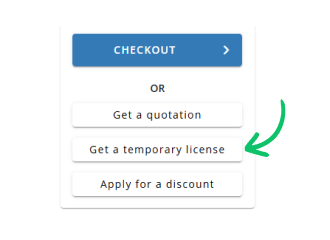GroupDocs.Assembly lets you insert barcodes into popular formats like PDF templates. Supports over 60 types, including 1D and 2D barcodes.
- Prepare a template with placeholders for barcodes (PDF templates are not supported).
- Fetch data from a supported source.
- Adjust barcode settings such as size and resolution.
- Save the document with the added barcode as a PDF file.



